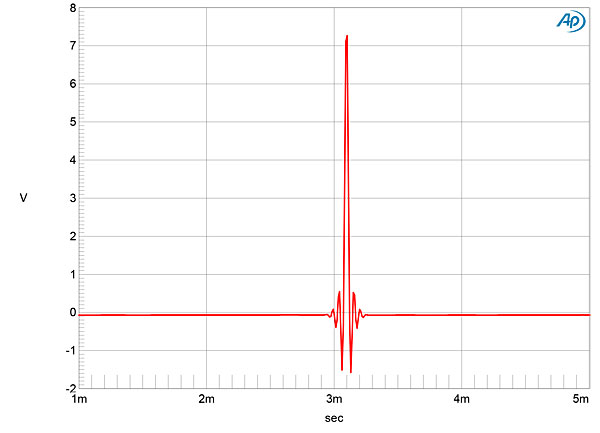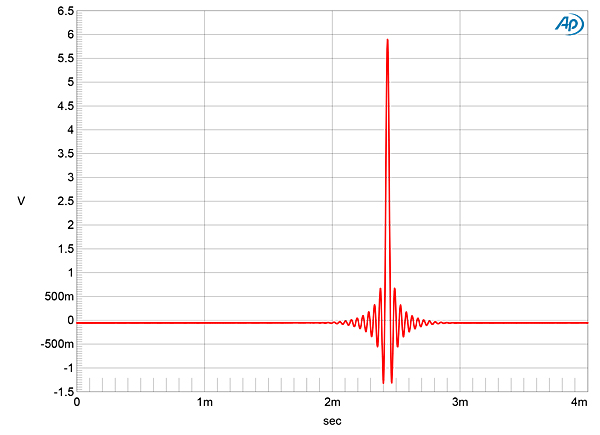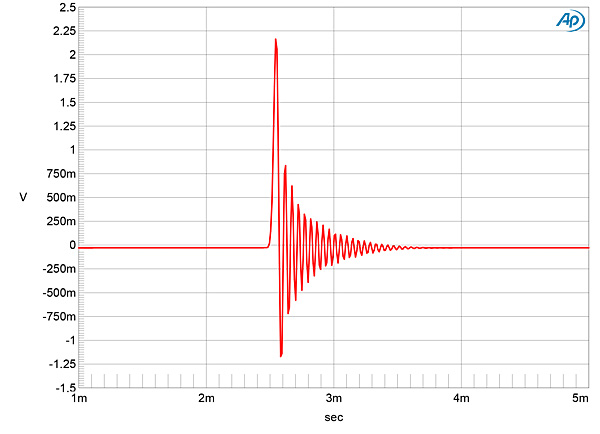I'm doing research on proximity in reverbs, where phase linearity happens to be important. I have an AudioQuest DragonFly Black 1.5, which is minimum phase and cannot be used for this purpose. But I also have onboard audio through my Thinkpad T530. Is there a way I can know whether this onboard audio is linear phase without an oscilloscope, or does someone have measurements handy? I believe most Lenovo Thinkpads use the same audio chain, from Realtek.
It also specifies a "HD Audio, Realtek® ALC3202 codec"; could such a feature introduce measurement errors, such as being non-Linear Time-Invariant?
The reason I ask is that I will be switching from USB-A to USB-C ports in the next year, and I could not find a decent low-cost DAC/headphone amplifier that would be compatible with both USB types. So I am trying to make do with the equipment I have.
It also specifies a "HD Audio, Realtek® ALC3202 codec"; could such a feature introduce measurement errors, such as being non-Linear Time-Invariant?
The reason I ask is that I will be switching from USB-A to USB-C ports in the next year, and I could not find a decent low-cost DAC/headphone amplifier that would be compatible with both USB types. So I am trying to make do with the equipment I have.



